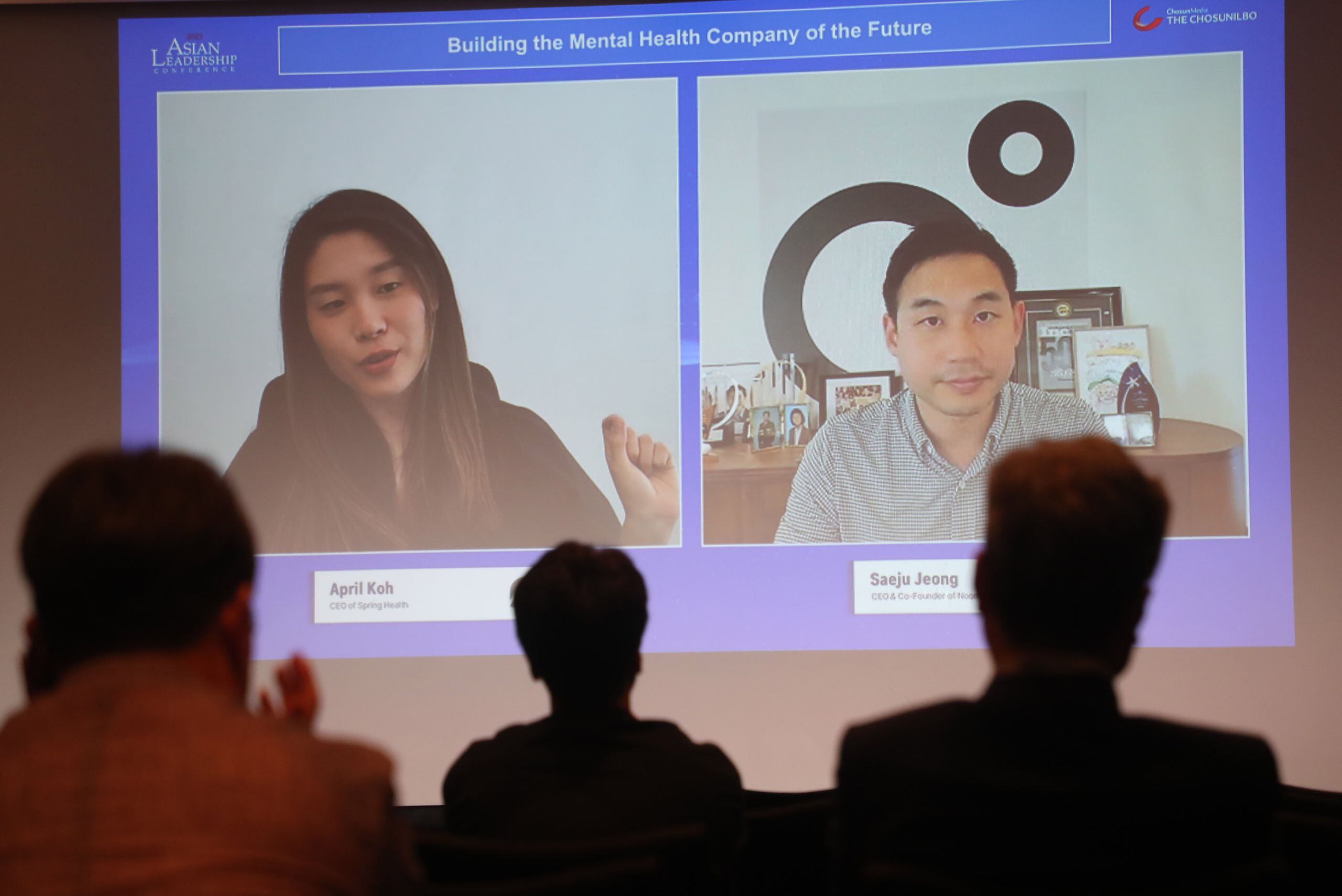[fusion_builder_container hundred_percent=”no” equal_height_columns=”no” menu_anchor=”” hide_on_mobile=”small-visibility,medium-visibility,large-visibility” class=”” id=”” background_color=”” background_image=”” background_position=”center center” background_repeat=”no-repeat” fade=”no” background_parallax=”none” enable_mobile=”no” parallax_speed=”0.3″ video_mp4=”” video_webm=”” video_ogv=”” video_url=”” video_aspect_ratio=”16:9″ video_loop=”yes” video_mute=”yes” video_preview_image=”” border_size=”” border_color=”” border_style=”solid” margin_top=”” margin_bottom=”” padding_top=”” padding_right=”” padding_bottom=”” padding_left=””][fusion_builder_row][fusion_builder_column type=”1_1″ layout=”1_1″ spacing=”” center_content=”no” hover_type=”none” link=”” min_height=”” hide_on_mobile=”small-visibility,medium-visibility,large-visibility” class=”” id=”” background_color=”” background_image=”” background_position=”left top” undefined=”” background_repeat=”no-repeat” border_size=”0″ border_color=”” border_style=”solid” border_position=”all” padding=”” margin_top=”” margin_bottom=”10″ animation_type=”” animation_direction=”left” animation_speed=”0.3″ animation_offset=”” last=”no”][fusion_title margin_top=”0″ margin_bottom=”25″ hide_on_mobile=”small-visibility,medium-visibility,large-visibility” class=”” id=”” size=”3″ content_align=”left” style_type=”default” sep_color=””]
Results vs. Process
[/fusion_title][fusion_title margin_top=”0″ margin_bottom=”25″ hide_on_mobile=”small-visibility,medium-visibility,large-visibility” class=”” id=”” size=”5″ content_align=”left” style_type=”default” sep_color=””]
by Zhoulai Zhu
[/fusion_title][/fusion_builder_column][/fusion_builder_row][/fusion_builder_container][fusion_builder_container hundred_percent=”no” equal_height_columns=”no” menu_anchor=”” hide_on_mobile=”small-visibility,medium-visibility,large-visibility” class=”” id=”” background_color=”” background_image=”” background_position=”center center” background_repeat=”no-repeat” fade=”no” background_parallax=”none” enable_mobile=”no” parallax_speed=”0.3″ video_mp4=”” video_webm=”” video_ogv=”” video_url=”” video_aspect_ratio=”16:9″ video_loop=”yes” video_mute=”yes” video_preview_image=”” border_size=”” border_color=”” border_style=”solid” margin_top=”” margin_bottom=”” padding_top=”” padding_right=”” padding_bottom=”” padding_left=””][fusion_builder_row][fusion_builder_column type=”1_1″ layout=”1_1″ spacing=”” center_content=”no” hover_type=”none” link=”” min_height=”” hide_on_mobile=”small-visibility,medium-visibility,large-visibility” class=”” id=”” background_color=”” background_image=”” background_position=”left top” background_repeat=”no-repeat” border_size=”0″ border_color=”” border_style=”solid” border_position=”all” padding=”” dimension_margin=”” animation_type=”” animation_direction=”left” animation_speed=”0.3″ animation_offset=”” last=”no”][fusion_text]
“What is the biggest challenge for Shanghai in the next decade, given that it has developed so rapidly over the past thirty years?”
Rachel Loh’s question comes in the middle of our meeting with Mr. Chen at Xinmin Media. Mr. Chen jots down some key words in his notebook while I resume the translation. As a former government spokesman who used to hold press conferences on a daily basis, including during the 2010 Shanghai Expo, Mr. Chen is no stranger to this kind of question. He subtly shifts his focus to Shanghai’s immense achievements, enumerating all the examples at hand, from the new record of daily passengers on the Shanghai Metro to the opening of the Pilot Free Trade Zone; he doesn’t mention the difficulties Shanghai has faced. When he finally talks about the challenges, he says, “We are making efforts towards a quality development in Shanghai, but it is not going to be easy.” His term hangs in the air: “quality development.”
As the interpreter, I am busy counting zeroes in the figures from Mr. Chen’s example. It is not fun switching between two numeral systems, but my past translation experience tells me that Chinese officials like to include lots of numbers. Statistics give them confidence and composure in front of foreigners, so that they can square their shoulders and tell the world that China is heading towards a bright future. It makes our country look good, or as we say, it “earns the face for our country.”
In most writing that describe Chinese culture, “face” stands out as a crucial part of our emotional landscape. It connotes dignity and perceived social status, and it can be given, lost, taken away, saved, or earned. “To earn face” is a strong driving force in China. High-school graduates choose better universities over better majors; college graduates choose big companies over small start-ups. As foreign companies increasingly open offices in Shanghai, a raging fever to work for the “Fortune 500” might explain a lack of original entrepreneurship in the city.
Just as many Chinese people splurge on designer bags for the sake of their labels, the Chinese government lavishes funds on “face projects.” Besides those that Mr. Chen has already mentioned, we see plenty of examples during our stay in the city, including the largest artificial lake in the world at Lingang New City (Free Trade Zone), the largest-scale World Expo Site. The Oriental Pearl Tower and Shanghai World Financial Center have not satisfied Shanghai’s ambition. Construction on the Shanghai Tower, the second tallest building in the world, is about to be complete, a rapid follow-up to the Shanghai World Financial Center, also called the World’s Largest Bottle Opener.
The desire for “face” in Chinese culture echoes the culture’s obsession for good results. Extreme competitiveness in a country with a huge population has further strengthened the emphasis on reputation and has diminished the value of process in favor of results.
It is no secret that Chinese students are expert test takers, and yet its top test scores in international standardized testing still stun the rest of the world. We all know that test results should not be the single indicator of educational quality. Nevertheless, in China exam scores and elite status are inextricably linked. Since the establishment of institutional exams for selecting administrative officials during the Song Dynasty, exams have been an inevitable step in social mobility. Education, a term often used to mean simply a good test result, is thus viewed as a means to gain power and wealth.
The above passage is an excerpt from the chapter, “Shanghai: A City of Two Worlds”, by Zhoulai Zhu, from the CALI Press-published book: Experiencing Asia: New Perspectives. She recounts her experiences on the Asia Leadership Trek 2014.
[/fusion_text][/fusion_builder_column][/fusion_builder_row][/fusion_builder_container]

